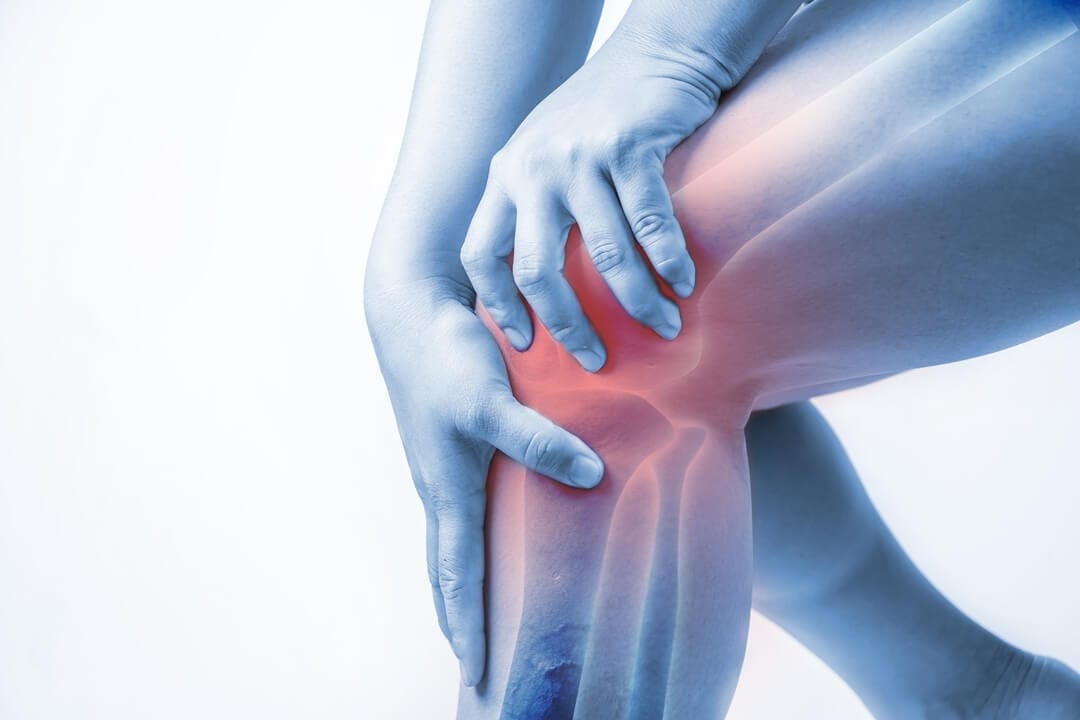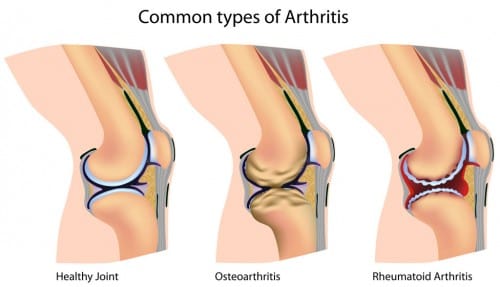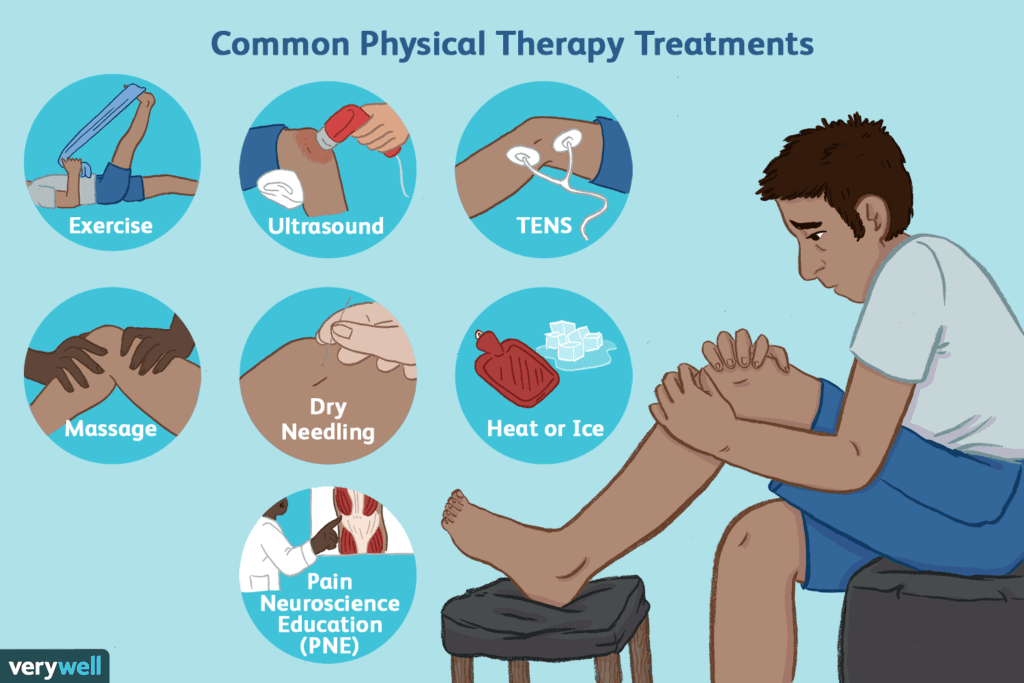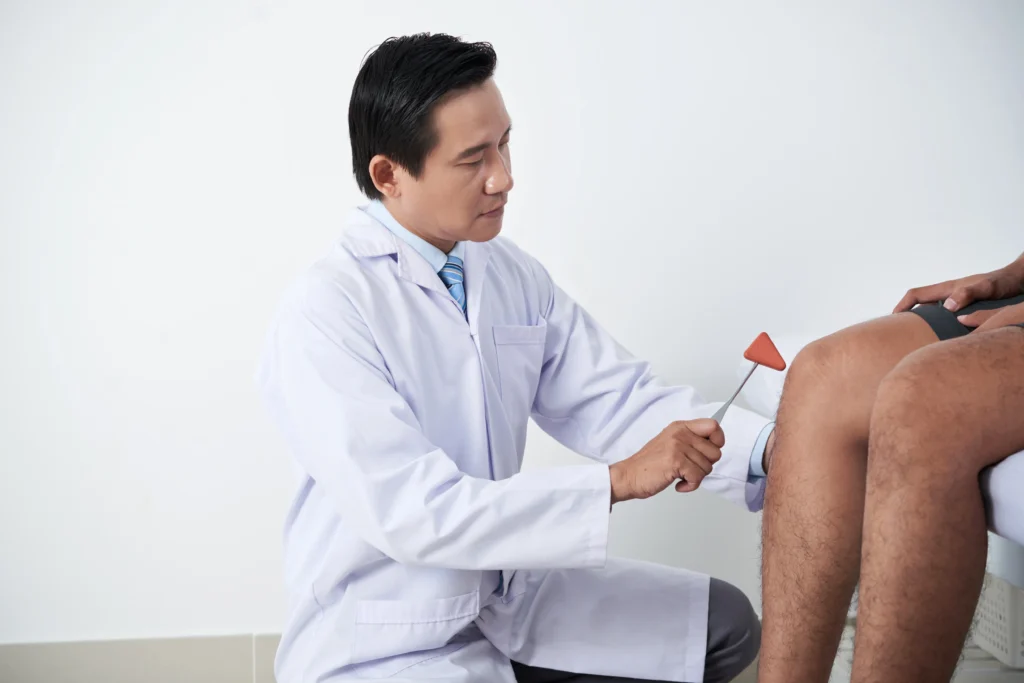Knee Pain Therapy: Everything You Need to Know in Malaysia
Table of Contents

In Malaysia, knee pain therapy encompasses various advanced diagnostic methods like X-rays, MRIs, and arthroscopy. You’ll encounter non-surgical treatments including physiotherapy, laser therapy, and shockwave therapy. Injection-based therapies such as hyaluronic acid, corticosteroids, PRP, and stem cells offer significant relief. Surgical options like arthroscopy and ACL reconstruction are available for severe cases. Home remedies include the RICE method, maintaining a healthy weight, and herbal anti-inflammatories. Specialist care from physiotherapists, chiropractors, and orthopedic surgeons is crucial. Finding the right knee pain specialist involves considering qualifications, technology, and patient testimonials. To explore this comprehensive guide further, continue your inquiry.
Common Causes of Knee Pain
In Malaysia, knee pain often stems from various etiologies, including acute injuries, chronic conditions, and biomechanical imbalances. Acute injuries such as sprains, strains, fractures, meniscus tears, and ACL tears are prevalent causes of knee discomfort. Chronic conditions, notably osteoarthritis and rheumatoid arthritis, also contribute significantly to knee pain.
To mitigate these issues, you should consider prevention strategies and lifestyle modifications. Maintaining a healthy weight is crucial since excessive weight gain increases stress on the knee joints. Strengthening the muscles around your knee through targeted exercises can enhance stability and reduce the risk of injury. Flexibility training is equally essential to maintain a full range of motion.
Alternative therapies, including physiotherapy, are widely recommended. Physiotherapy can help improve muscle strength and joint function, thereby alleviating pain. Additionally, incorporating herbal remedies into your regimen may provide supplementary relief. Turmeric, known for its anti-inflammatory properties, is one such remedy often utilized in Malaysia.

Types of Knee Pain
Understanding the various types of knee pain is essential for developing an effective treatment and management plan tailored to each specific condition. Acute knee pain, often resulting from injuries like sprains or strains, manifests suddenly due to trauma. Common symptoms include immediate swelling, severe pain, and limited mobility.
Conversely, chronic knee pain, such as that from osteoarthritis, develops gradually and is associated with degenerative processes. This type typically presents with persistent discomfort, stiffness, and decreased function over time.
Specific conditions like patellar tendonitis, bursitis, ACL tears, and IT band syndrome each have unique presentations and risk factors. Patellar tendonitis often affects athletes and presents with localized pain below the kneecap. Bursitis causes swelling and tenderness due to inflammation of the knee’s bursae. ACL tears are common in high-impact sports, characterized by a popping sensation and instability. IT band syndrome typically affects runners, presenting with pain on the outer aspect of the knee.
Prevention strategies and physical therapy techniques are vital in managing these conditions. Tailored physical therapy can strengthen surrounding muscles, improve flexibility, and reduce pain. Recognizing common symptoms and understanding risk factors are crucial in devising personalized prevention and treatment plans.

Diagnostic Methods
To accurately diagnose various types of knee pain, healthcare professionals employ a combination of physical examinations, patient history, and advanced imaging techniques such as X-rays, MRIs, and ultrasounds. An initial assessment involves a thorough physical examination to evaluate the range of motion, stability, and strength of your knee joint. By understanding your symptoms and medical history, doctors can narrow down potential causes and tailor their diagnostic approach.
Imaging tests play a crucial role in providing a detailed view of the knee’s internal structures. X-rays are particularly useful for visualizing bone abnormalities, such as fractures or signs of arthritis. For soft tissue injuries, MRIs offer high-resolution images of ligaments, tendons, and cartilage, enabling the accurate detection of tears or degeneration. Ultrasound, on the other hand, is effective in assessing soft tissue conditions and guiding injections for therapeutic purposes.
In some cases, arthroscopy may be warranted. This minimally invasive procedure involves inserting a small camera into the knee joint, allowing direct visualization of internal structures. Arthroscopy can diagnose issues like torn ligaments or cartilage damage that other methods might miss.
Accurate diagnosis is essential for determining the appropriate treatment plan and ensuring optimal management of knee pain.
Non-Surgical Treatments
When managing knee pain, non-surgical treatments in Malaysia encompass a range of modalities like physiotherapy, chiropractic care, and integrative therapy programs. These integrative approaches are designed to address the root cause of knee pain, promote healing, and prevent future injuries.
Physiotherapy often includes rehabilitation techniques such as targeted exercises, manual therapy, and lifestyle modifications to enhance knee function and alleviate pain.
Chiropractic care focuses on spinal alignment and musculoskeletal adjustments, which can indirectly relieve knee pain by improving overall body mechanics. Integrative therapy programs may incorporate alternative therapies like acupuncture and herbal medicine, aiming to provide a holistic approach to pain management.
Therapeutic procedures such as laser therapy, shockwave therapy, and ultrasound are frequently employed in non-surgical treatments to reduce inflammation and stimulate tissue repair. These advanced modalities offer evidence-based benefits for pain reduction and accelerated recovery.
Incorporating exercise programs tailored to your specific condition can strengthen the muscles surrounding the knee, thereby providing better support and reducing the strain on the joint. Adopting these non-surgical treatments can significantly improve knee function, enhance mobility, and contribute to long-term pain management without the need for invasive procedures.
Injection-Based Therapies
Injection-based therapies for knee pain offer targeted relief and include options such as hyaluronic acid, corticosteroids, platelet-rich plasma (PRP), and stem cells. These treatments have gained traction due to their localized action and minimal invasiveness.
Hyaluronic acid injections enhance joint lubrication and reduce inflammation, making them ideal for osteoarthritis. Corticosteroid injections, effective for acute inflammatory conditions, provide rapid pain relief by suppressing the immune response. PRP injections, derived from your own blood, involve concentrating platelets to promote tissue healing and regeneration. Stem cell injections, although still under research, show promise in regenerating damaged cartilage and tissues, thereby reducing pain and improving function.
When considering these options, cost considerations are crucial. Hyaluronic acid and corticosteroid treatments are generally more affordable, while PRP and stem cell therapies can be significantly more expensive due to the advanced technology involved.
The recovery process varies: corticosteroids may offer relief within days, while PRP and stem cells might take weeks to show benefits as they work on healing at the cellular level.
Discussing these options with your healthcare provider will help tailor the most effective treatment plan for your specific knee condition.
Surgical Options
While injection-based therapies provide targeted relief for many, surgical options become necessary for more severe or persistent knee conditions in Malaysia. Arthroscopic surgery is a minimally invasive technique frequently used to repair damaged cartilage, ligaments, or tendons. This procedure involves small incisions and the use of an arthroscope, reducing the recovery process duration. However, you should be aware of potential risks such as infection and blood clots.
For severe osteoarthritis, knee replacement surgery, including total or partial knee replacement, is often considered. This involves replacing damaged joint surfaces with artificial components, significantly improving mobility and reducing pain. The recovery process can be extensive, typically involving several months of rehabilitation. Potential risks include prosthesis-related issues and post-surgical complications.
ACL reconstruction is another common surgical option in Malaysia, especially for those with torn knee ligaments. This procedure utilizes grafts to rebuild the damaged ligament, restoring knee stability. The recovery process usually spans six to nine months, requiring intensive physical therapy. Potential risks include graft failure and joint stiffness.
Lastly, osteotomy is performed to realign the knee joint, which helps in redistributing weight and reducing pain. Though effective, the recovery process can be lengthy, and potential risks include bone healing complications and infection.
Home Remedies and Lifestyle Changes
Incorporating home remedies and lifestyle changes into your routine can significantly alleviate knee pain and improve overall joint health. One effective strategy is the RICE method—Rest, Ice, Compression, and Elevation—to reduce inflammation and swelling.
Additionally, maintaining a healthy weight is crucial; it lessens the stress on your knees, which can be achieved through diet modifications. Focus on anti-inflammatory foods such as omega-3 fatty acids, fruits, and vegetables while reducing processed foods and sugars.
Regular physical activity is essential for knee health. Low-impact exercises like Tai Chi, swimming, walking, and cycling can strengthen the muscles around your knee joints, enhancing stability and reducing pain.
Heat and cold therapy are also beneficial; applying a heating pad or an ice pack at home can help manage pain and improve flexibility. Proper footwear is another critical aspect. Shoes with cushioned insoles can significantly reduce stress on your knees, preventing discomfort during daily activities.
Additionally, consider herbal remedies like turmeric and ginger, known for their anti-inflammatory properties, which can be incorporated into your diet to further manage knee pain. These evidence-based interventions can collectively contribute to better knee health and pain relief.
Finding Knee Pain Specialists in Malaysia
After integrating home remedies and lifestyle changes, finding knee pain specialists in Malaysia can further enhance your treatment and recovery process. Specialists such as physiotherapists, chiropractors, and orthopedic surgeons offer personalized treatment plans tailored to your specific needs. Their specialist qualifications ensure that you receive expert care for your knee condition.
When choosing a specialist, consider their qualifications and patient testimonials to gauge their expertise and success rates.
Many specialized knee pain clinics in Malaysia utilize advanced therapy devices and techniques to address a wide range of knee issues, from acute injuries to chronic conditions. These clinics often provide integrative holistic care, combining physiotherapy, chiropractic adjustments, and other modalities to optimize your recovery.
Cost comparison is crucial when selecting a knee pain specialist. Expenses can vary significantly depending on the type of treatment and the specialist’s experience. Make sure to check your insurance coverage, as many policies may cover a substantial portion of the treatment costs.



Conclusion
In conclusion, managing knee pain in Malaysia requires a comprehensive approach tailored to individual needs.
By understanding common causes, accurately diagnosing the type of pain, and exploring non-surgical, injection-based, and surgical treatments, you can effectively address the issue.
Don’t overlook home remedies and lifestyle changes as they play a crucial role in long-term management.
Ensure you consult with experienced knee pain specialists to develop an evidence-based, personalized treatment plan.
Your mobility is key—don’t wait to take action! Regain strength and comfort with expert knee therapy at kliniknearme.com.my.

FAQ
Frequently Asked Questions
Physiotherapy benefits are significant for knee pain management, focusing on muscle strength, flexibility, and joint function.
Combining physiotherapy with chiropractic care can address underlying spinal alignment issues, enhancing overall treatment efficacy.
Integrative therapy programs, including laser therapy, shockwave therapy, and ultrasound, provide a comprehensive approach.
Lifestyle modifications further support long-term knee health.
For evidence-based, holistic care, a tailored program combining these therapies is often the best choice.
Knee therapy consists of physical exercises, manual therapy, and pain management techniques.
You’ll engage in tailored exercise routines to enhance strength and mobility, while manual therapy helps realign the knee joint.
Pain management may involve heat and electrotherapy, alongside advanced methods like laser and shockwave therapy.
Integrative approaches and lifestyle modifications support the healing process, ensuring a comprehensive, evidence-based treatment for effective knee pain relief.
The new therapy for knees integrates robotic surgery and regenerative medicine to enhance outcomes. You’ll benefit from precision techniques in robotic surgery, minimizing tissue damage.
Regenerative medicine employs stem cells and platelet-rich plasma to promote tissue repair and reduce inflammation. These therapies address ligament, tendon, muscle, and joint issues comprehensively.
Personalized treatment plans ensure targeted care, optimizing recovery and knee function without the need for invasive procedures.
For expert advice on knee pain, you should consider lifestyle modifications and nutritional supplements. Implementing weight management, engaging in low-impact exercises, and using ergonomic supports can alleviate pain.
Additionally, supplements like glucosamine and chondroitin may promote joint health.
Always seek a professional diagnosis and personalized treatment plan from experienced physiotherapists and chiropractors to optimize recovery and manage pain effectively.
